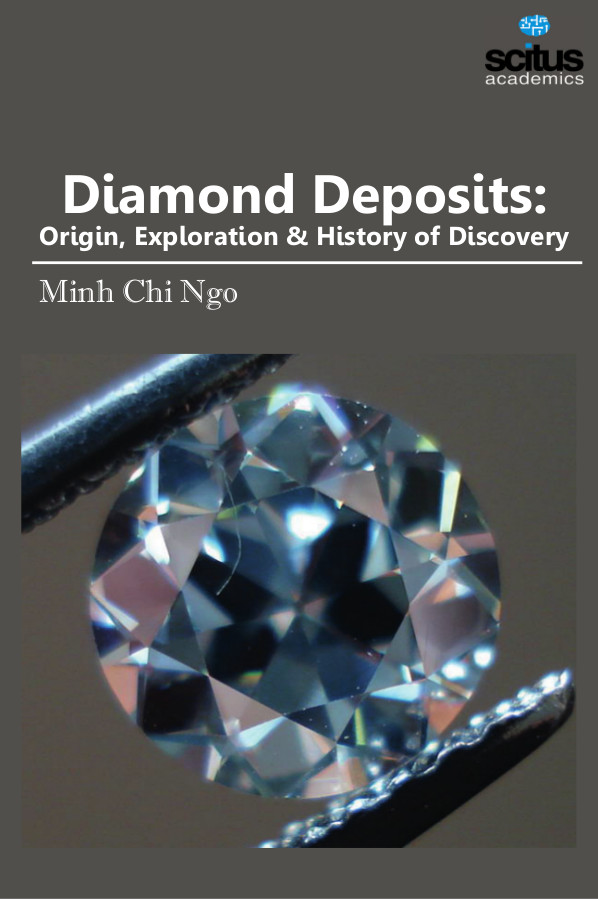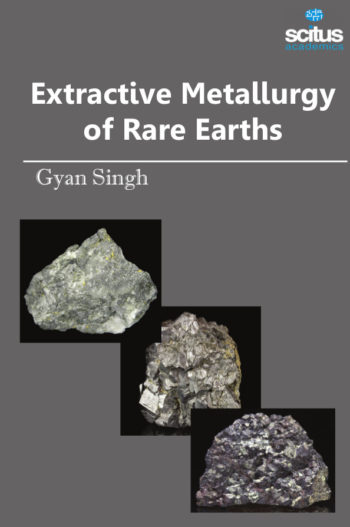The diamond is the hardest natural substance known. It is found in a type of igneous rock known as kimberlite. The diamond itself is essentially a chain of carbon atoms that have crystallized. The stone’s unique hardness is a result of the densely concentrated nature of the carbon chains. Like other igneous rocks, kimberlite was formed over the course of thousands of years by volcanic action that occurred during the formation of the earth’s crust. It is thought that diamonds were first discovered in India about 6,000 years ago in the riverbeds of the region. India was the only known source of the rocks for over a thousand years, until they were unearthed in Borneo around A.D. 600. During the Middle Ages, the diamond was overshadowed by some of the more colorful gems like the ruby and emerald. In the 18th century, diamond deposits were discovered in Brazil in small quantities, and later in Australia, Russia, and the United States. Block caving is the most commonly used method in excavating diamonds from kimberlite deposits. This method offers the highest yield and thus is the most cost effective. In the crushing operation, which occurs in the below-ground mining facilities, large chunks of kimberlite are broken up into more easily transportable segments. Diamonds will continue to be used in industry and hightechnology enterprises, but synthetically produced facsimiles—first manufactured in 1953—may accomplish some of the tasks originally the exclusive province of the real stone. These “manufactured” gems have the same properties of hardness and durability, and while they will never be as popular as the real diamond for adomment purposes, they are well suited for industrial applications.
This book provides comprehensive overview on origin, exploration, and history of diamond.













